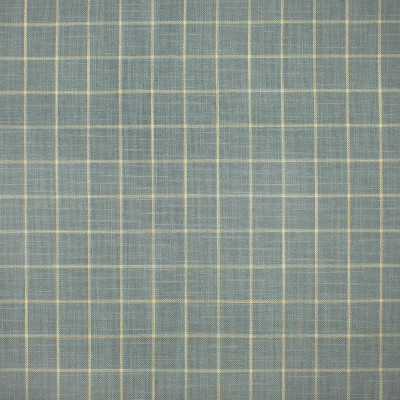Written by Taylor Souder
When searching for the perfect fabric, it is important to understand what to look for in order to get the desired appearance and properties. Taylor, fabric specialist and NC State graduate with a B.S. in Textile Technology, is happy to help you discover the way to differentiate how fabric is given its coloring.
Dyeing
Dyeing can occur in the fiber, yarn, or fabric stages of production. In the dyeing process, a large amount of water is needed to apply a single dye to an entire batch. This means that each and every fiber or yarn is saturated with that color throughout. In order to achieve the definitive color, the dye bath must be heated to the correct temperature.
Piece (fabric) dyeing is the process of weaving or knitting undyed, greige, yarns to create a fabric that is then dyed together as a whole. Large quantities can be achieved at the same time when piece dyeing; therefore, the chance of getting a similar dye lot when reordering may be higher with a piece-dyed fabric. Yarn dyeing adds color to a fully-wound bobbin that is then woven or knitted with other yarns to create a particular pattern. The coloring from the exterior to the interior of these bobbins will likely have some variation due to the amount of pressure and saturation of the dye bath.
Piece dyeing is recommended for a more solid, uniform fabric shade. When searching for a fabric with a specific motif (stripes, checkers, jacquard, etc.), yarn dyeing is preferred even over printing to achieve the best quality design with little to no color bleed. Because dyed fabrics are colored throughout, they are very lightfast and can withstand a significant number of light hours. For this reason, they are a great recommendation for upholstery or performance fabrics in industrial and outdoor applications.




Printing
Printing is a coloring process that must be done on the finished fabric. A thickener is applied along the entire surface of the fabric in preparation for printing. From there, a multitude of dyes are used on localized areas in order to achieve a specific design or pattern. Being that the dye is applied on top of the thickener, prints are subject to bleeding and the fabric must be steamed or cured to permanently set the color in place. The heavy processing involved in printing fabrics results in a harsher, stiffer hand and a higher price range when compared with regular dyeing.
Prints are a form of decoration that adds character to fabrics. Often times, prints are used to accentuate or highlight a specific piece in a room. When compared to a weave or a knit, there are fewer restrictions on production of prints due to immaculate design capabilities. For this reason, printed fabrics are a great recommendation for designer fabric. However, since prints are colored only in specific areas on one side of fabric, they are often subject to fading and discoloration when exposed to continuous light and abrasion. With that being said, it is always an option to add a finish on a print to obtain certain properties it may not otherwise have (antimicrobials, water repellants, flame repellants, etc.). We also now offer prints in our performance fabrics, Crypton® Home.
Subscribe to our blog to learn more!
